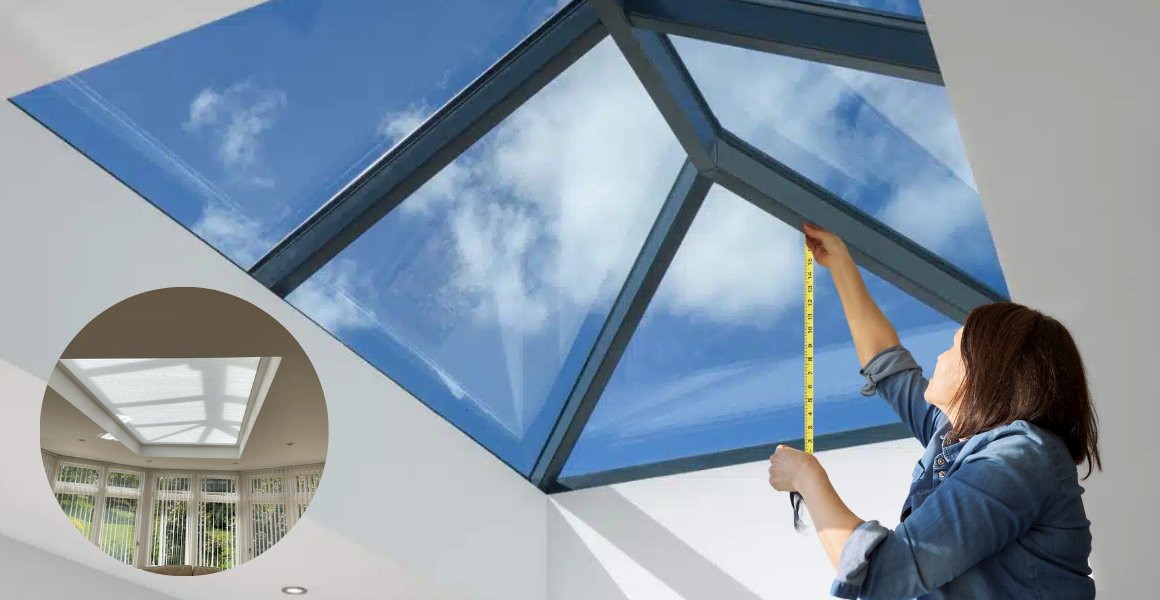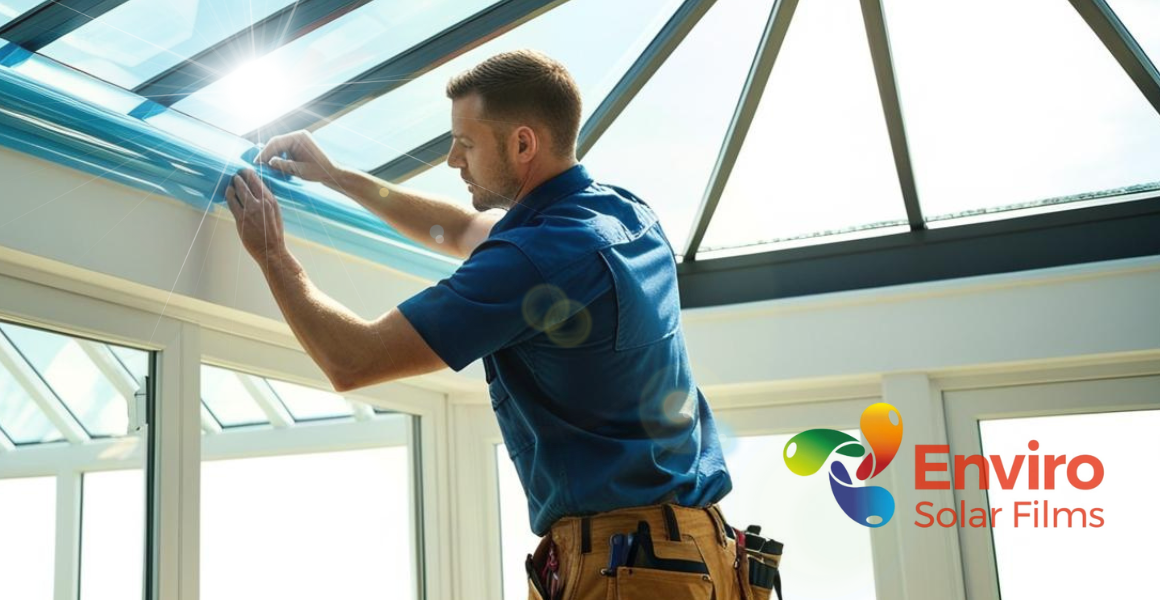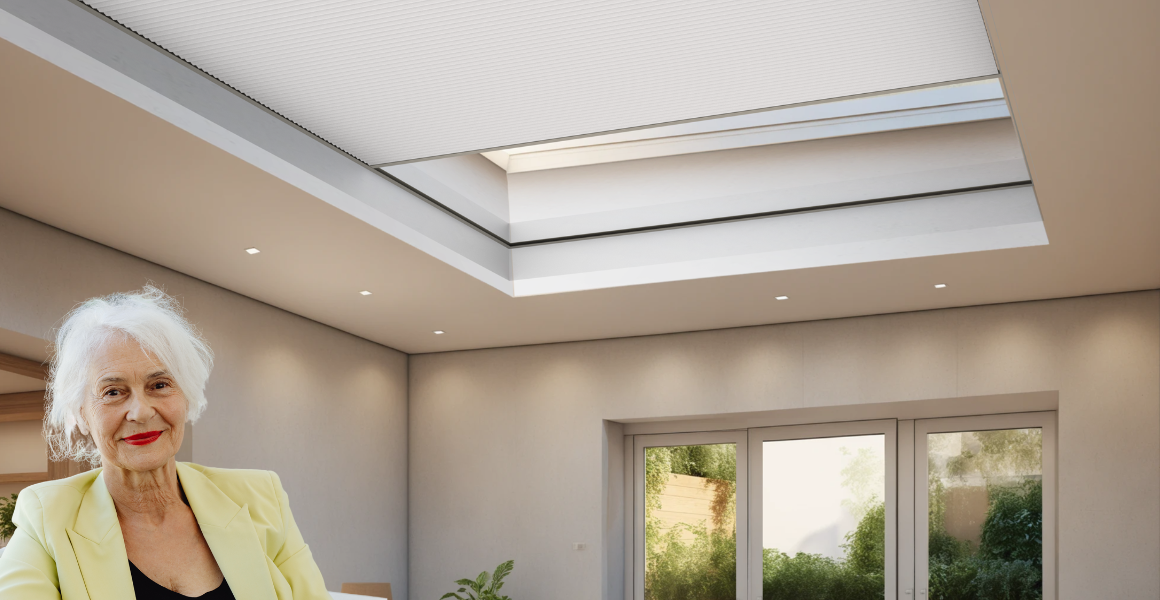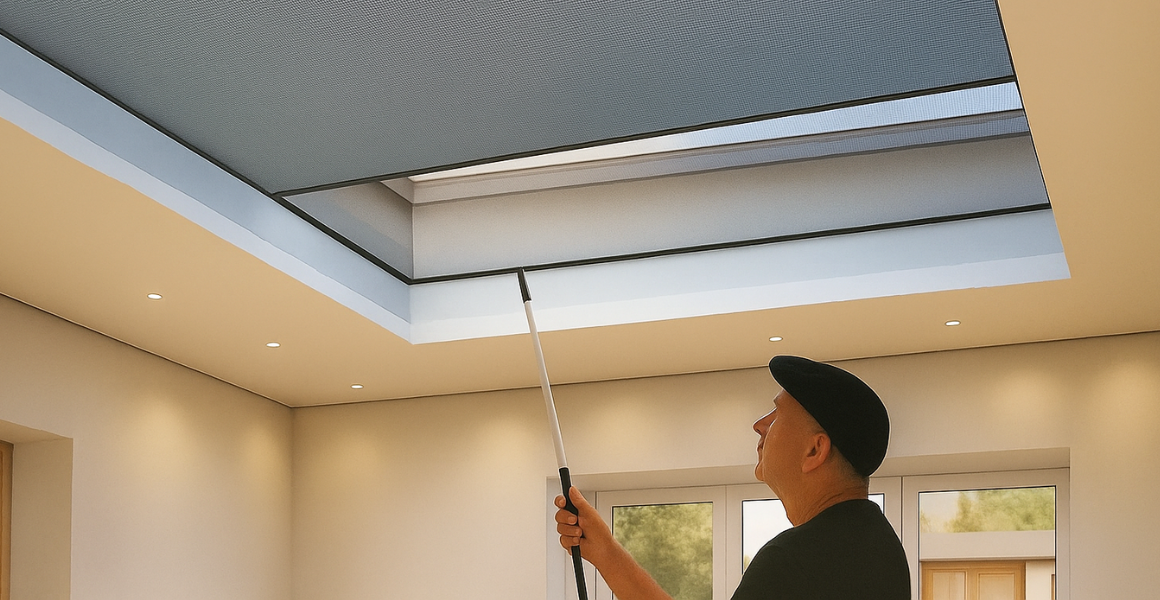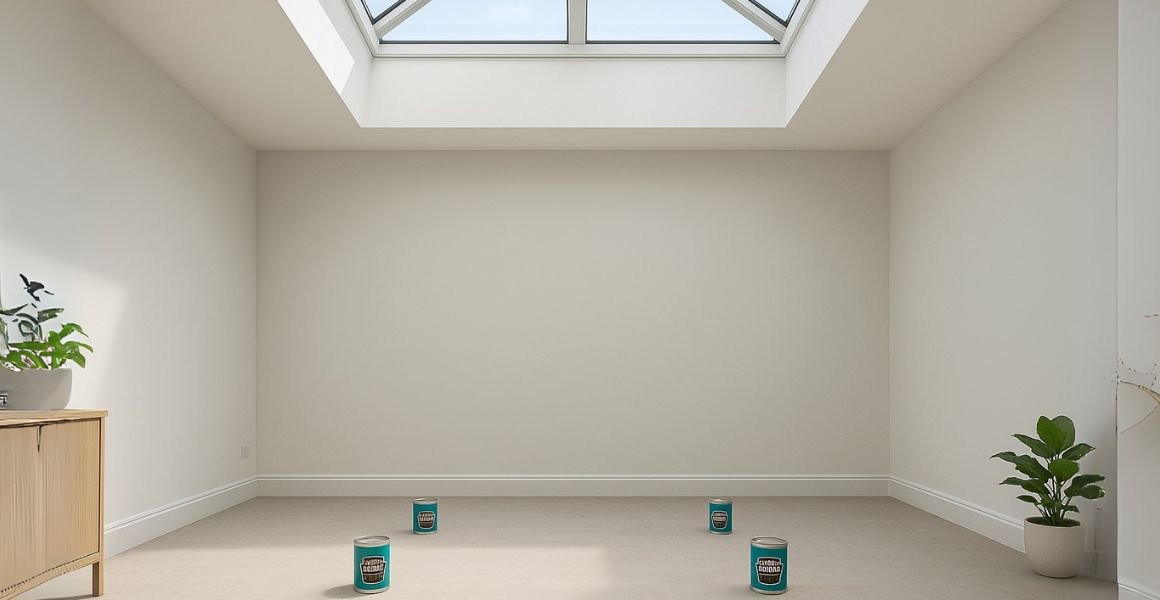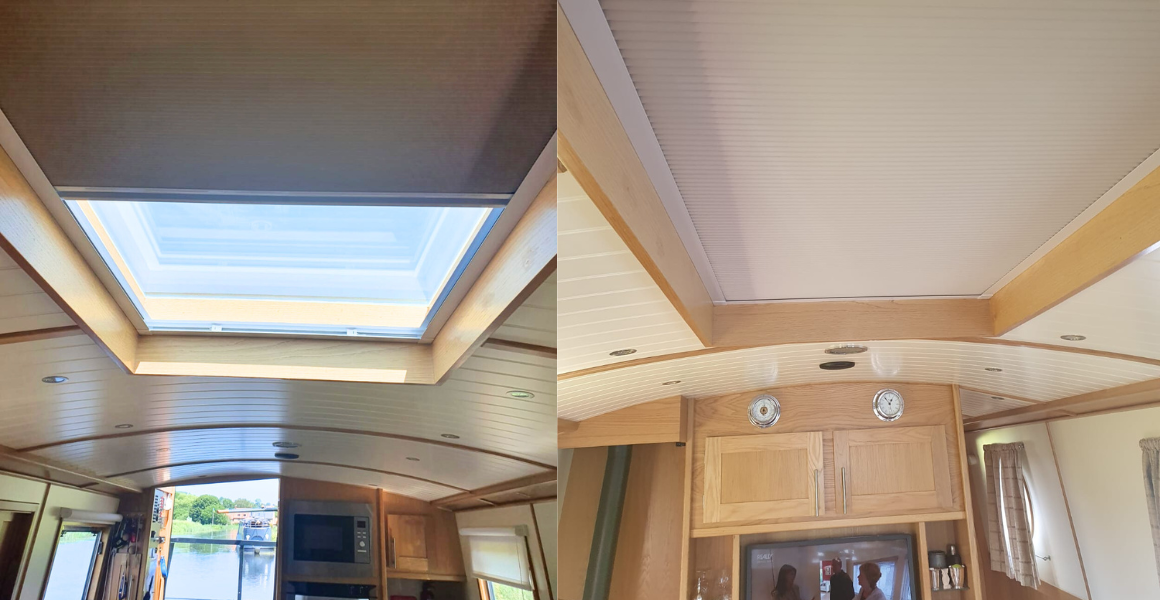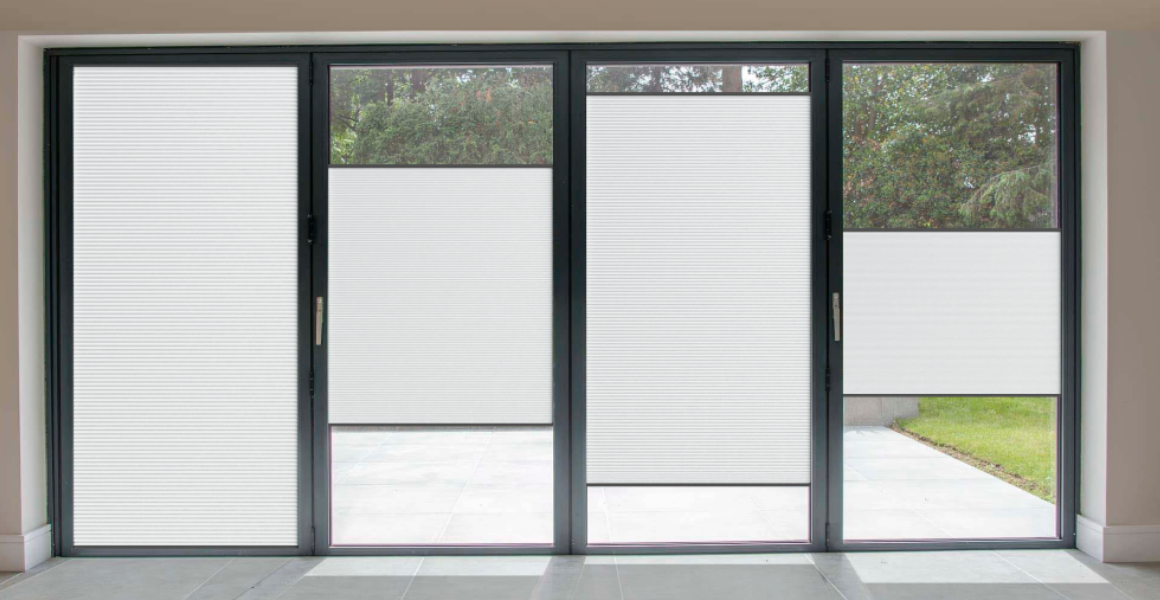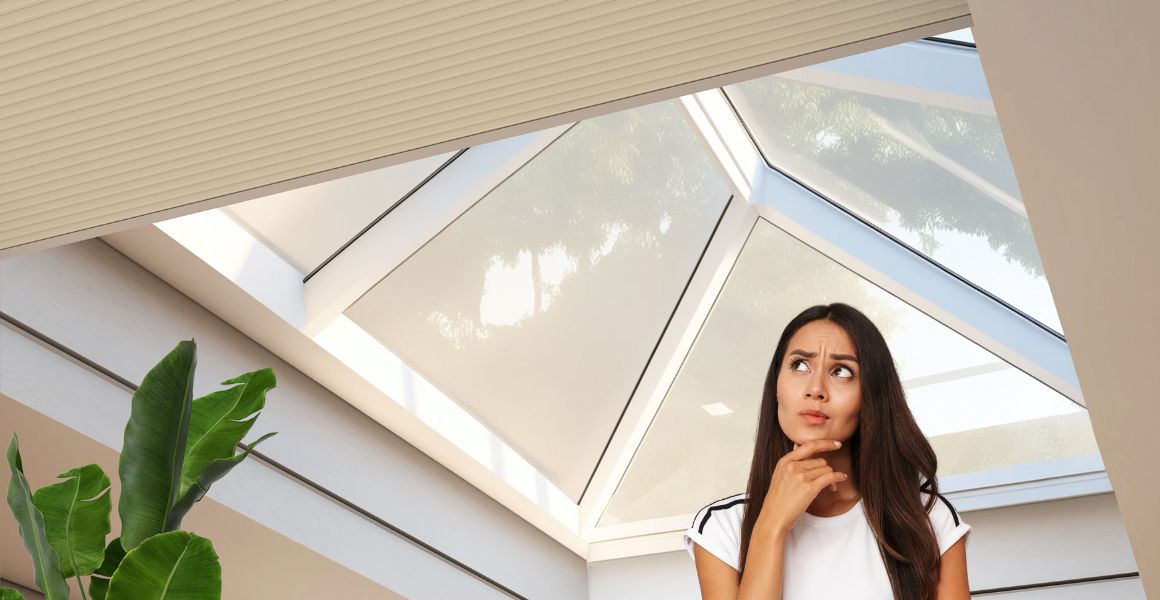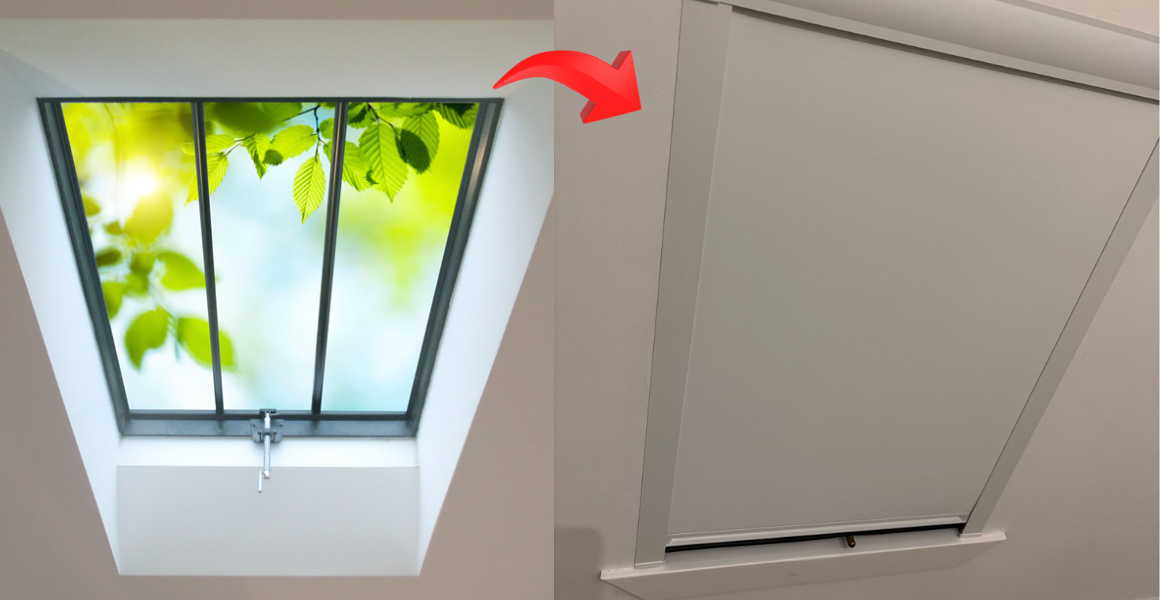Skylight Window Blinds_ The Ultimate Guide
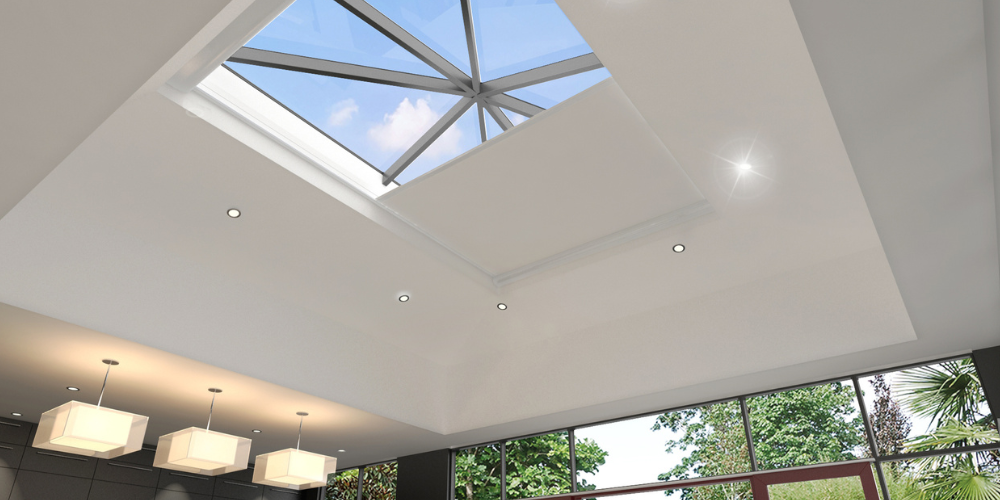
Blinds for skylight windows are the most important part of any skylight-lined home, both in terms of use and appearance. They allow you to regulate the amount of natural light that gets into a room, provide privacy, and conserve energy by keeping the temperature in check. There are many types of skylight blinds that are available in styles and fabrics such as roller, pleated, and honeycomb, depending on whether you want to use them for light filtration, insulation, or convenience.
Whether you want to minimize glare, add comfort, or shield your interior from UV rays, skylight window blinds provide the answer that fits your home décor perfectly.
Choosing the Best Skylight Window Blinds for Your Home
https://www.skylight-blinds-direct.co.uk/
There are several things to take into account when buying skylight window blinds for your house to make sure it is both functional and attractive. First, make sure to measure the size and design of your skylight. Your skylight can be rectangular, square, or even circular, and your blinds should be as large as your windows are to make them secure.
Custom blinds might be needed for curved or unusually large skylights. Then think about the blind material. Several types of material provide various degrees of light regulation, insulation, and resistance.
Fabric blinds, for instance, can make a room look luxurious and yet they can also block light. But aluminum or PVC may be the preferred material for long lasting and maintenance-free use. Reflective surfaces also absorb heat during the summer, making them energy-efficient.
Lighting control is another crucial aspect. Depending on how much natural light you’d like to filter into the room, you can have blinds that make it entirely dark (blackout blinds) or softly lightened (selectively shaded). Others find it more convenient to opt for operable blinds, which let you choose how much sunlight comes in during the day.
How well the blinds insulate your home can also affect its efficiency. Cellular or honeycomb blinds, for example, provide excellent thermal insulation that will keep the room cooler in the summer and warmer in the winter. This can save you money in terms of heating or cooling costs.
Benefits of Installing Skylight Window Blinds
Skylight window blinds provide a variety of advantages that add convenience and beauty to your home. The most important benefit is the fact that you get to manipulate natural light. Skylights can be an overpowering or oppressive way to let in a room’s natural light.
By adding blinds, you’ll control how much light is coming into your room and feel comfortable. This glare reduction is especially beneficial at certain hours of the day as you can minimize the amount of light without sacrificing illumination. As well as controlling light, skylight blinds help to offer greater privacy.
Skylights are installed where neighbours or passersby can see them, such as on the roof of a house. Blinds are an easy way to protect your privacy without sacrificing the sunlight. If you open the blinds, you’ll be able to avoid seeing the world outside while still letting in some light.
Another important advantage of skylight blinds is energy efficiency. Skylights trap heat in the winter and store it in the summer. Some blinds, like cellular or honeycomb blinds, are designed to be thermally insulated, and keep your home at a constant temperature.
These blinds trap air between their cells and create a barrier between your skylight and your house. They, therefore, may lessen heating and cooling systems, which could save you money on your energy bills. This is particularly helpful in large skylight houses or homes where the weather can be extreme.
It also shields your furniture and home contents from the UV rays of the sun. For furniture, flooring and artwork, prolonged exposure to direct sunlight can erode and fade them. By keeping the sunlight out or filtering, you’ll be able to use blinds to ensure your interior goods don’t sun-baked or fade over time.
Types of Skylight Window Blinds and Their Features
Clean, simple, with just a single fabric.
Light-filtering, blackout, and solar options.
Easy to use by hand or with a motorized attachment.
Ideal for modern, clean aesthetics.
Honeycomb (Cellular) Blinds
Have a honeycomb roof for good insulation.
Energy-efficient, helping with temperature regulation.
Various opacities, such as blackout.
Good for saving energy and keeping you comfortable.
Motorised/Remote-Controlled Blinds
Blinds that operate remotely or through an app.
Suitable for lofty or difficult-to-reach skylights.
Compatible with most blind styles, including roller, venetian, and pleated.
Make it easier to use and ideal for narrow windows.
Maintenance Tips for Skylight Window Blinds
Skylight window blinds must be regularly cleaned to keep them clean and working properly. Start by dusting or wiping away dust and dirt on the blinds regularly with a soft cloth. To clean between folds on pleated or honeycomb blinds, an upholstery vacuum is suitable.
For fabric blinds that do get stained, you can clean it spotlessly with a mild detergent solution, but be sure to test a small area first. Each month or so you may need to deep clean by taking the blinds off (if possible) and washing them according to the manufacturer’s instructions. Clean stains off metal or vinyl blinds by wiping them down with a wet cloth.
Even when cleaning blinds, make sure to wipe them thoroughly, if you live in moist climates, otherwise you risk mould or mildew development. Lubricating parts (including tilting devices) will keep the blinds working efficiently, and looking frequently for signs of wear or tear (such as torn cords or damaged slats) will prevent further damage.
You should never apply harsh chemicals or abrasives which will cause harm to the blinds. Skylight window blinds can be maintained properly in such a way that ensures their long life and functionality.
Skylight Window Blinds: FAQ
1. How much are skylight window blinds measured?
To measure for skylight blinds, begin by measuring the width and length of the opening of the skylight. You can check multiple times to get more precise, particularly if the skylight is not a perfect rectangle. Be sure to take into consideration any frame or mount systems when choosing the blind size.
2. Should I install my own skylight blinds?
Most skylight blinds are sold with installation guides and instructions, which makes DIY installation possible. But if you have a challenging skylight or one that’s motorized, you may want to work with an expert to make sure they are installed properly.
3. How much energy does a skylight blind save?
Cellular or honeycomb blinds use the least amount of energy. Their underlying material wicks away heat and acts as insulation, reducing your home’s temperatures in the winter and during the summer.
4. Are the skylight blinds motorized or remote-controlled?
Certainly, many skylight blinds are motorized or remote-controlled. These are particularly handy for high or challenging-to-reach skylights because you can adjust the blinds easily without taking them out by hand.
5. How do I remove skylight window blinds?
The materials vary in the way they are cleaned. When you are dealing with fabric blinds or vacuum upholstery attachments, simply wipe them down with a clean towel. To clean metal and vinyl blinds, take a damp cloth or mild cleaning solution.













































